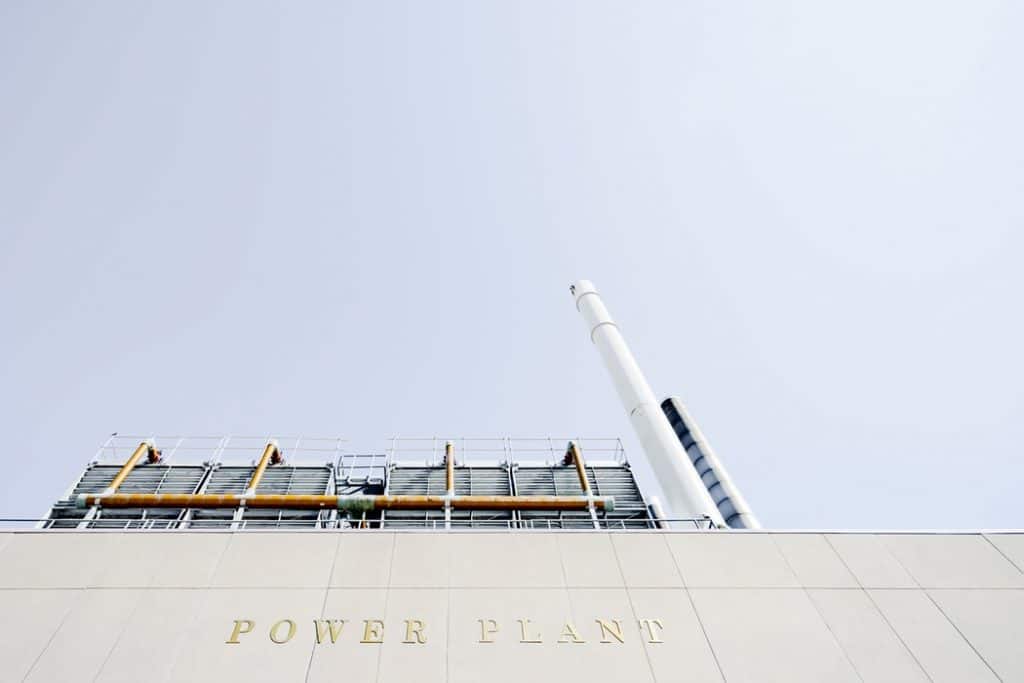
Changes in Supply and Demand: Energy Trends and Predictions for 2019
Ups and downs in energy are a function of supply and demand. Yearly energy market  trends, as well as longer-term development trends in this sector, reflect both the abundance of product and the impetus for consumption. Global energy contractors and predictors of energy trends see some specific changes in supply and demand that they are factoring into their 2019 energy trend predictions.
trends, as well as longer-term development trends in this sector, reflect both the abundance of product and the impetus for consumption. Global energy contractors and predictors of energy trends see some specific changes in supply and demand that they are factoring into their 2019 energy trend predictions.
 trends, as well as longer-term development trends in this sector, reflect both the abundance of product and the impetus for consumption. Global energy contractors and predictors of energy trends see some specific changes in supply and demand that they are factoring into their 2019 energy trend predictions.
trends, as well as longer-term development trends in this sector, reflect both the abundance of product and the impetus for consumption. Global energy contractors and predictors of energy trends see some specific changes in supply and demand that they are factoring into their 2019 energy trend predictions.
